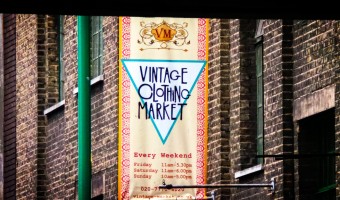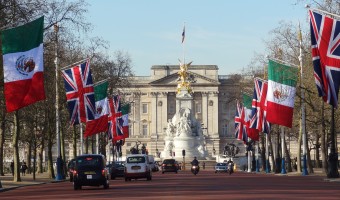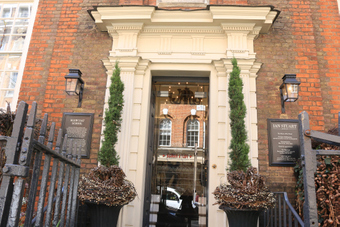or the Empress's Old Clothes
No extra excuse is needed for a visit to Windsor Castle. A 45-minute journey from London Paddington is all it takes for a royal microbreak from the city. There is scarcely a better place to venture through on a brooding, autumnal day than Windsor Great Park, and then to shelter from the cold in than the sumptuous State Apartments. So the current exhibition, Fashioning a Reign: 90 Years of style from the Queen’s wardrobe, renders the short jaunt from London imperative.


Advertisements for the exhibition are a little vague and can incorrectly imply that the Queen’s clothes are being showcased in a separate wing of Windsor, away from the usual cast of tourists visiting the castle, but in fact they are housed in the family’s apartments at the end of the regular tour of grounds and rooms. The exhibition is included in the price of a standard ticket. A 15-minute queue and 20 pounds per person may seem a little steep to ogle some dresses, but the tickets are good for 365 days of unlimited entry to any Royal Collection exhibit (meaning free entry to Buckingham Palace’s Portrait of the Artist, entry to Queen Victoria in Paris at Compton Verney and even as far away as Mauritshuis on the Hague in Amsterdam).
Indeed, meandering through the ballrooms, bedrooms, anterooms, throne room and armoury works to heighten anticipation for the exhibit itself. Queen Mary’s Dolls’ House alone is worth the visit. It is the largest of its kind – a 1924 royal mansion where everything is in working 1/12th scale. Taps run, toilets flush, engines in the 6-car garage start, the wine bottles in the cellar contain minute amounts of their corresponding vintages, and the library holds miniature bespoke editions of hand-bound books by Arthur Conan Doyle, Rudyard Kipling, J.M. Barrie and Somerset Maugham. The dolls (belonging to Queen Elizabeth and her sister Princess Margaret, and much too large to fit in the actual house) even have their own wardrobes on display. With small constructions from the couture houses of Lanvin, Hermès and Louis Vuitton, they almost give Elizabeth’s a run for their money. Almost.


At last, past china cabinets, rapiers, Holbeins and Rembrandts, the tour concludes with the main event. The semi-state rooms, which the Queen and family occupy when they reside at Windsor during the spring and summer months, are warmer and even more opulent than the rest of the castle. Currently, they are occupied by petite mannequins sporting Queen Elizabeth’s outfits through the ages, displaying vivid examples of formal and sporting wear from the 1940s to today. Comprised of about 40 outfits and half as many hats, highlights include gowns from state visits to Japan in the 1970s (all cherry blossoms and chiffon) and Pakistan in the 1950s (intricately woven green and white satin) placed next to brief historical information and photographs of Elizabeth wearing the ensembles. The Queen’s ceremonial robes and child-sized Brownie uniform also caused a stir. Leaning as far across the velvet cordons as possible toward the gowns, many visitors remarked over my shoulder, “she’s so tiny!” as if they expected some XXL garments worthy of the Queen’s monumental international presence. However, one of the best aspects of these hats and clothes is how they humanise the queen, their fabrics suggesting the lines of her physical person. Clothes are such intimate things; they are my favourite items to see displayed in museums, not just because I am sartorially preoccupied, but because of the visceral element they represent in history. Where did Elizabeth wear this to? Whom did she shake hands with, was she nervous, is there sweat still in the satin? Did she spill any exotic food on the taffeta during a foreign state dinner? On what ballroom did the crinoline of the underskirts gently scrape?


But it is not all pretty and poetic. Dress is political and powerful, too. We are reminded of this now when, in the weeks following the US election, some of the hullabaloo concerning the new president is what designers will (or won’t) dress the first lady. It is traditional for the office to be attired by a few select American houses, showing patriotic loyalty, just as the Queen has done throughout her life with chosen British tailors Norman Hartnell, Hardy Amies and Ian Thomas. Not adhering to this is controversial. Glamourous Princess Margaret was more flagrant about her love of dressing, and favoured foreign designers, especially Christian Dior. When the Frenchman held an illicit fashion show at the French embassy during postwar austerity (British designers were even more important to support in the weakened economy and Dior ostentatiously flouted fabric rationing) Margaret and her cousins attended, but Elizabeth, as heir, pointedly did not. The press still isn’t through reading into what Royals wear. Diana and Kate Middleton were and are fashion icons, whilst others are the subjects of censure. The Daily Mail, for instance, noted in an article last year that the Queen’s daughter, Princess Anne, has outfits “older than her children” and is still “dusting off” pieces she has worn for decades (they didn’t miss commending her for keeping “that size 10 figure” for over 30 years). “Dusting off” may be the wrong phrase though, as Anne, like her mother and her mother’s namesake, have professional dressers who record and physically archive (now in climate and light-controlled closets) their public outfits. Queen Elizabeth I’s closet consisted of 1,326 items and took up a whole block in The City. It was guarded by special “warders of the robes,” hence, the spot where it once stood is now named Wardrobe Street.
Dr. Lucy Worsley in the 2014 BBC 4 documentary Tales from the Royal Wardrobe sums up Royal dress well, saying “these things are more than clothes – they’re symbols and statements.” As a figure Queen Elizabeth is tiny, as a figurehead she is gigantic. These items from her wardrobe are the same, representing so much more than their mere lines and shapes. They are articles in diplomacy, intimate pieces of history, national and international flags in artistic folds and drapes. They are highly bright, highly covetable and lend wonderful colour to Windsor Castle.
Fashioning a Reign runs until Sunday, January 8th 2017.
 Fashioning A Reign at Windsor
Fashioning A Reign at Windsor

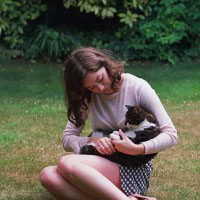
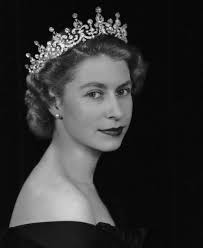
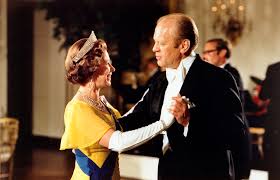
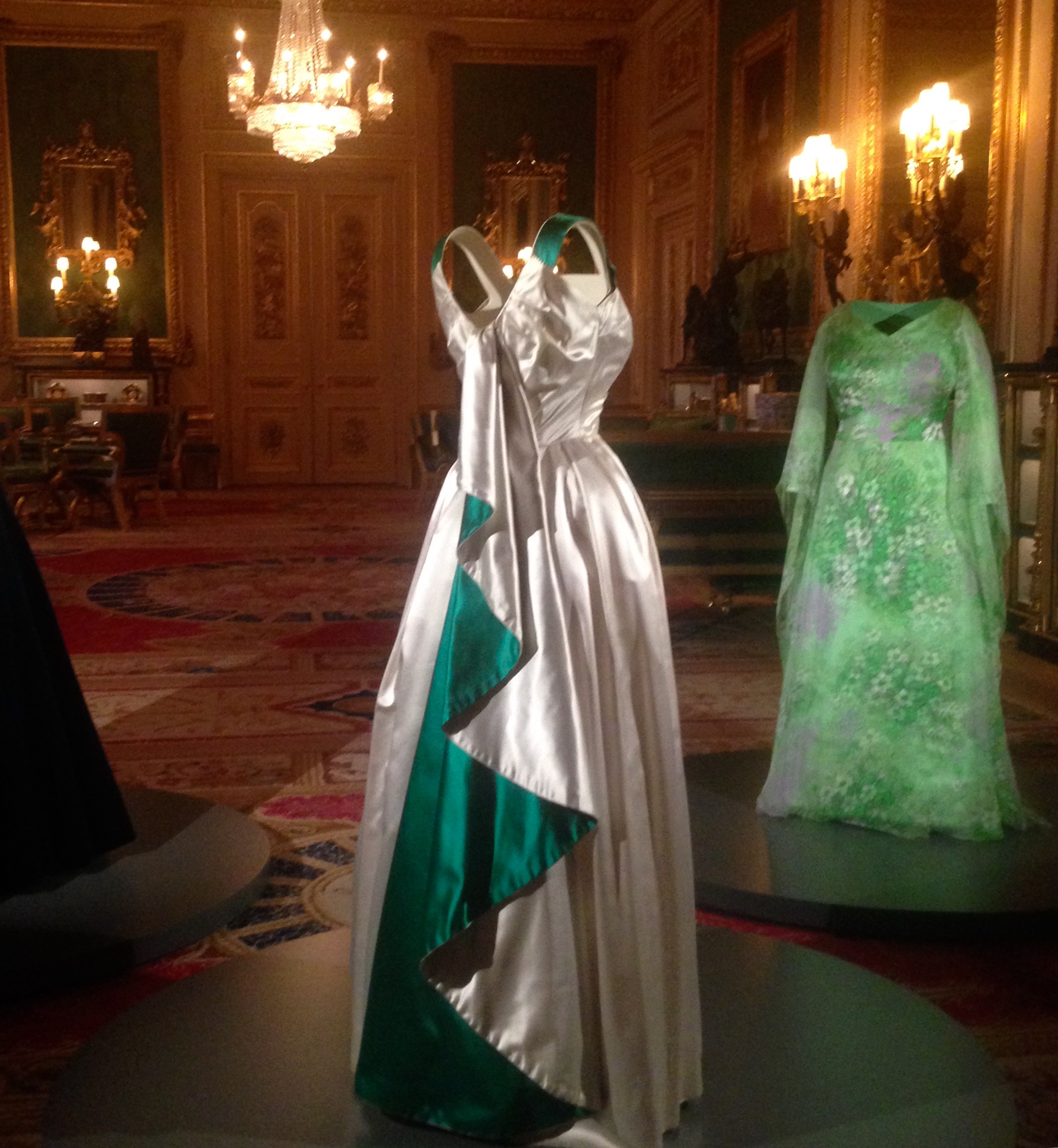
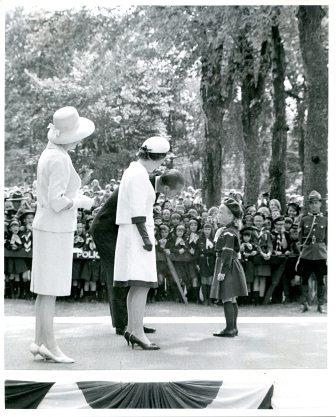
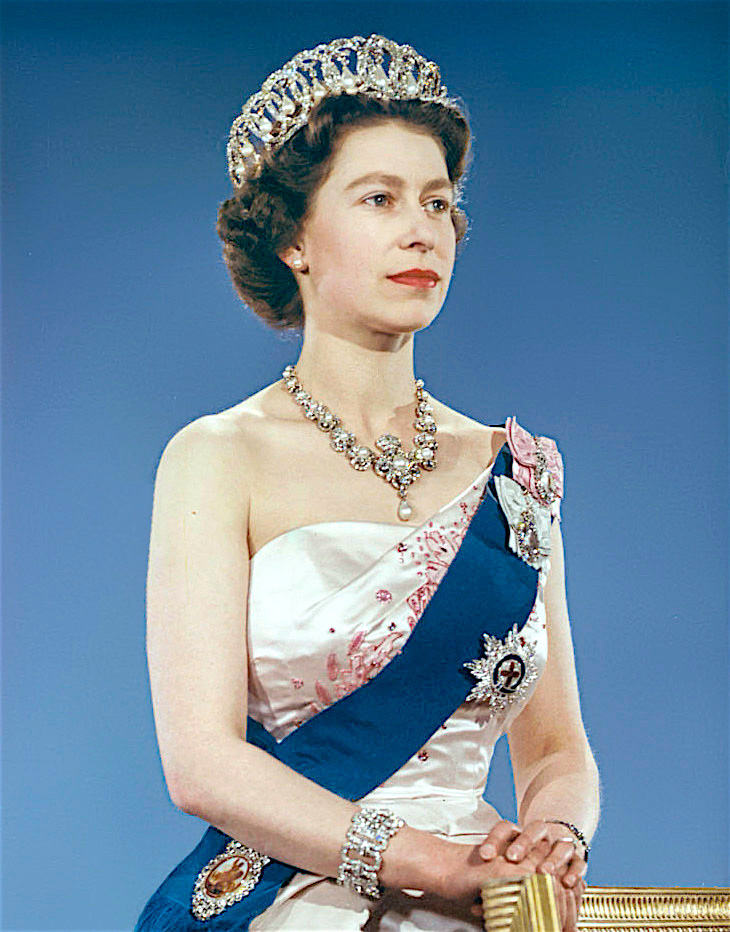
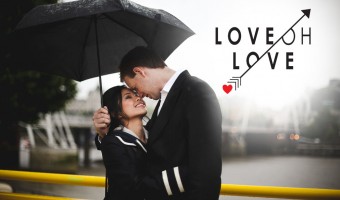
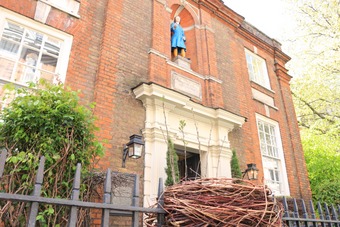
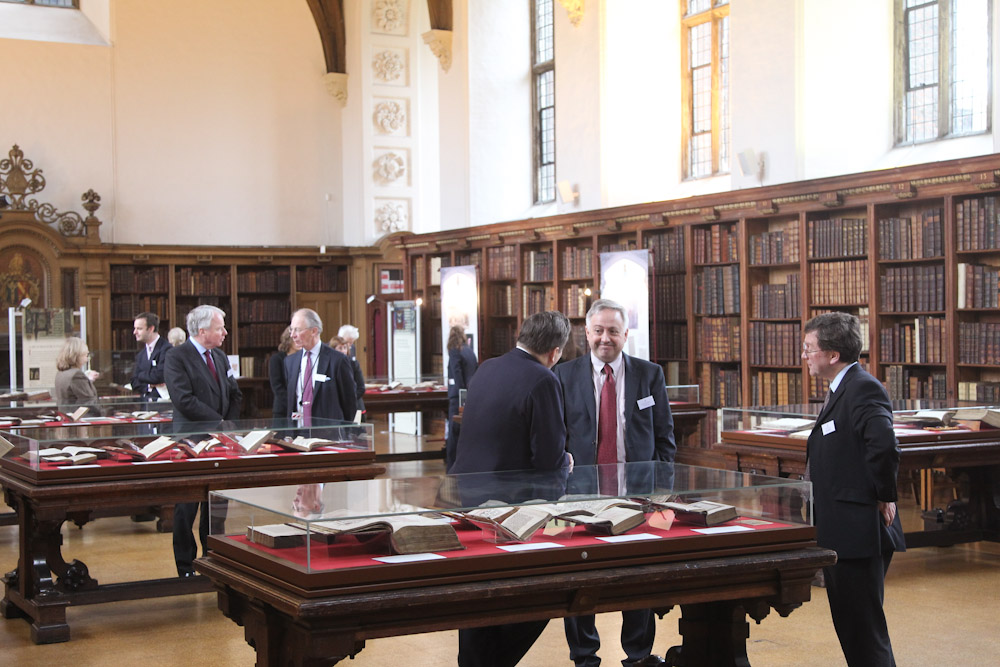
 Load more triptoids
Load more triptoids